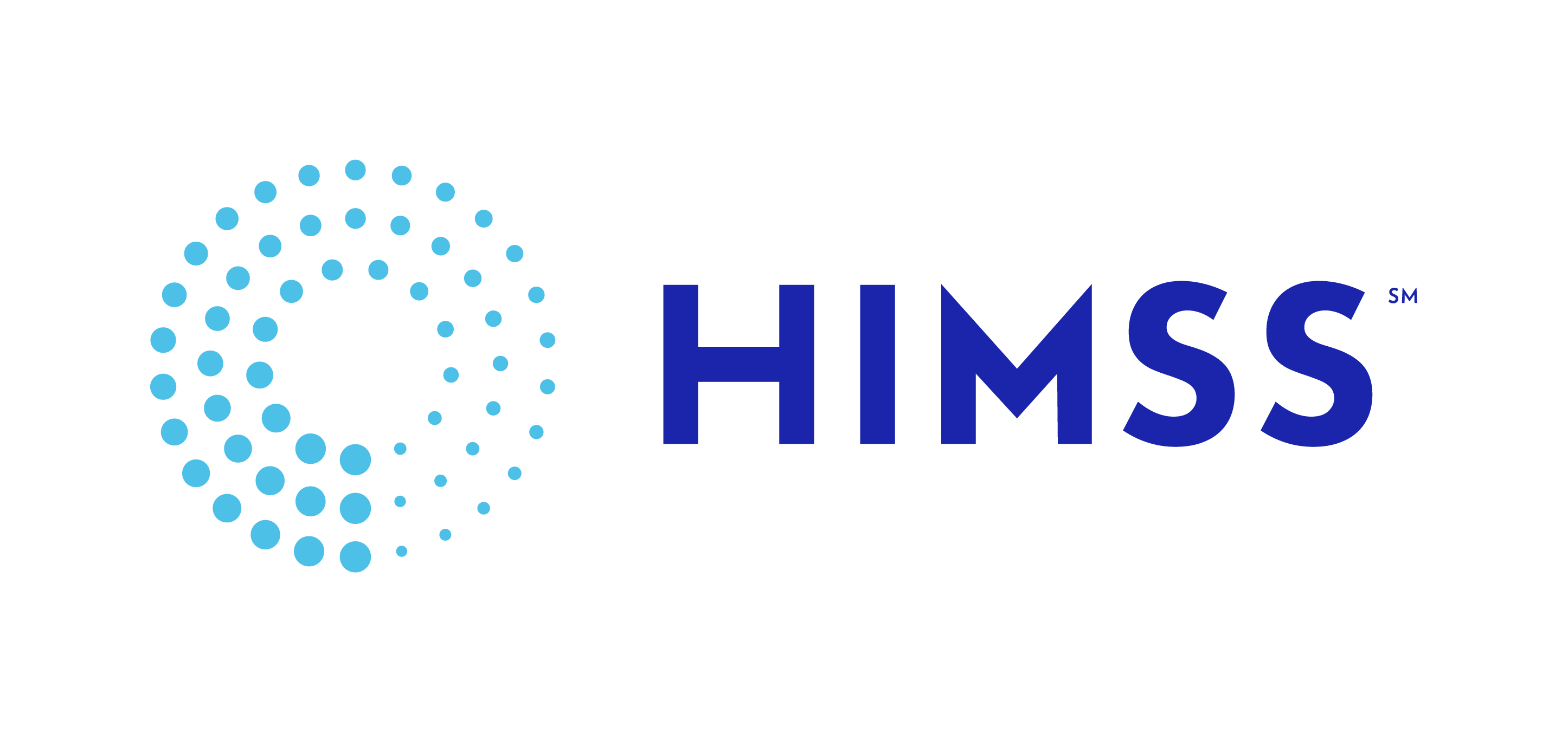Fall 2014Patient Engagement Today
by Rich Temple, CEO/Founder, Richard Temple & Associates, LLC
Former President and Board Member, New Jersey Chapter of HIMSS
 Certainly, much has been spoken about “patient engagement” of late. New collaborative care models are emphasizing a patient-centric approach to care. Incentive programs such as Meaningful Use and Value-Based Purchasing are mandating behaviors and technologies that bring the patient much more into the nucleus of care planning and care coordination. But while many are talking about it, many fewer are actually really doing it in an impactful way. This could be due to the fact that the notion of “patient engagement” can take on so many forms that it can be hard to know where to begin.
Certainly, much has been spoken about “patient engagement” of late. New collaborative care models are emphasizing a patient-centric approach to care. Incentive programs such as Meaningful Use and Value-Based Purchasing are mandating behaviors and technologies that bring the patient much more into the nucleus of care planning and care coordination. But while many are talking about it, many fewer are actually really doing it in an impactful way. This could be due to the fact that the notion of “patient engagement” can take on so many forms that it can be hard to know where to begin.
Although the history of patient engagement efforts to date has seen adoption challenges, the programs mentioned above, as well as the emergence of significantly improved technologies (for both providers and patients) are laying the groundwork for a tipping point in being able to truly engage patients. This article will look at a few of the areas of potentially greatest impact in the realm of patient engagement and describe some likely approaches to bringing the patient into the care mix in as seamless and effective manner as possible.
Patient Portals
The Meaningful Use (MU) program, in both its final Stage 2 requirements as well as its rejiggering of Stage 1 requirements for 2014, is catalyzing providers to look at “patient engagement” with a new sense of priority. The MU requirement for making an online “patient portal” available to patients, through which they can “view”, “download”, or “transmit” (VDT) their personal health data is showing itself to be a game-changer. A further twist to the MU mandates is that at least 5% of all patients actually have to perform one of these functions. This twist is particularly tricky because it is the one component of MU that providers really don’t have direct ability to impact; it rests in the hands of patients and their willingness to adopt the portal as a part of their care.
Although hospitals have deployed various programs to facilitate portal adoption, such as signing patients up for the portal just before discharge and encouraging employees and affiliated physicians to use the portal, adoption has continued to be a struggle. The utilization of a portal is something very new to a patient in terms of the patient being a major contributor to their ongoing care and this is a real hurdle to jump through. This is a shame, because portal technology allows patients to be true “agents of interoperability” in their own care coordination and, in essence, fill gaps in provider data exchange through their ability to send Consolidated Clinical Document Architecture (C-CDA) records to any provider who is set up to accept those records.
An outreach program on a larger scale (beyond the walls of the world of healthcare) about patient portals and the new concept of “view/download/transmit” may be necessary to clearly explain the compelling reasons why patients might want to utilize a portal. An important aspect to emphasize in this education is that much of the patient’s clinical data will prepopulate for them directly out of the provider EHR (a major point that stands in positive contrast to earlier efforts to build portals such as “Google Health’) and this fact could go a long way toward marshaling patient willingness to engage directly with their own medical information. Short segments on mass media, leaflets at churches or street fairs, etc. – all of these and many other forms of outreach could articulate the value and not make it seem as though the patient portal is something risky or complex for a patient to utilize.
Mobile Technology
Another area where the ground is shifting in a way that will likely incent patients to get more directly involved in their own care is the pervasiveness of mobile technology. Through smartphones, tablet computers, devices such as Fitbits, and other wearables, patients are utilizing an array of technologies that allow them to interact in new ways and in much closer to real-time than ever before. Many patients have an expectation that they will be able to use these devices to be in touch with caregivers and to be able to play a role in their own care. More and more, progressive providers are texting reminders for appointments, pushing educational content, and sending targeted messages reminding patients to be compliant with aspects of their care plans based on analyses of data across many different provider systems. There are care management solutions in the marketplace that allow for all members of a care team (including a patient and family members) to communicate with one another in real time and to generate alerts when particular events are detected (e.g., an inpatient admission or a visit to an ED). Through these types of mobile tools, care plans, assessments, activities of daily living, and other critical barometers of health can be administered and tracked, and appropriate interventions can be applied, based on a truly holistic view of a patient, that goes beyond the comprehensive clinical data housed in an EHR.
Secure messaging between patients/family members and providers as well as between providers (with a capability of attaching relevant clinical information via a C-CDA or other standardized record format) is becoming a capability that is highly desired by all involved in providing care. The new Direct Project, which is providing a foundation for secure transport of clinical messages, is beginning to realize its potential to knock down barriers in data exchange across disparate systems. While many technologies are appearing on the horizon that are looking to provide this functionality, the fullest benefit will be realized when these technologies can tap into other key care coordination technologies such as health information exchanges (HIEs), population health management (PHM) solutions, and others to fully harness both the value of real-time communication as well as clinical decision support and predictive analytics around potential risks to the patient.
Patient Satisfaction
With patient satisfaction scores, by way of HCAHPS surveys, now playing a direct role in the bottom line of hospitals through the new value-based purchasing models coming into play, it is more important than ever for hospitals to make sure their patients are happy. Providers also better understand what patient expectations actually are relating to their perceptions of their hospital experience. Making it easier for patients to communicate with caregivers both within and outside the hospital indisputably goes a long way toward establishing a favorable impression with patients. Taking the time to find out up front what patients and family members desire and providing some concierge-type services to address those desires improves scores (and, by association, the bottom line) and keeps patients more tightly “glued” to your hospital, as opposed to going to a competitor.
A common thread for all of these types of ideas to realize their fullest potential is the ability to collect, standardize, and aggregate large stores of data from many disparate sources into a common data repository for querying and for running predictive analytics. Business intelligence (BI) is the foundation for effectively pulling this data together and utilizing it in a manner that fully supports the goals and unique nature of each organization. BI has been one of those “nice-to-have” capabilities for a long time, but in our new world, it is now essential, and it is essential that is done right, in order to gain the confidence of end users to incorporate it into their daily workflows in new and exciting ways.
There are many other innovative ideas and success stories for engaging patients in their care with an eye toward improved outcomes. What are some of the success stories you’ve seen?
